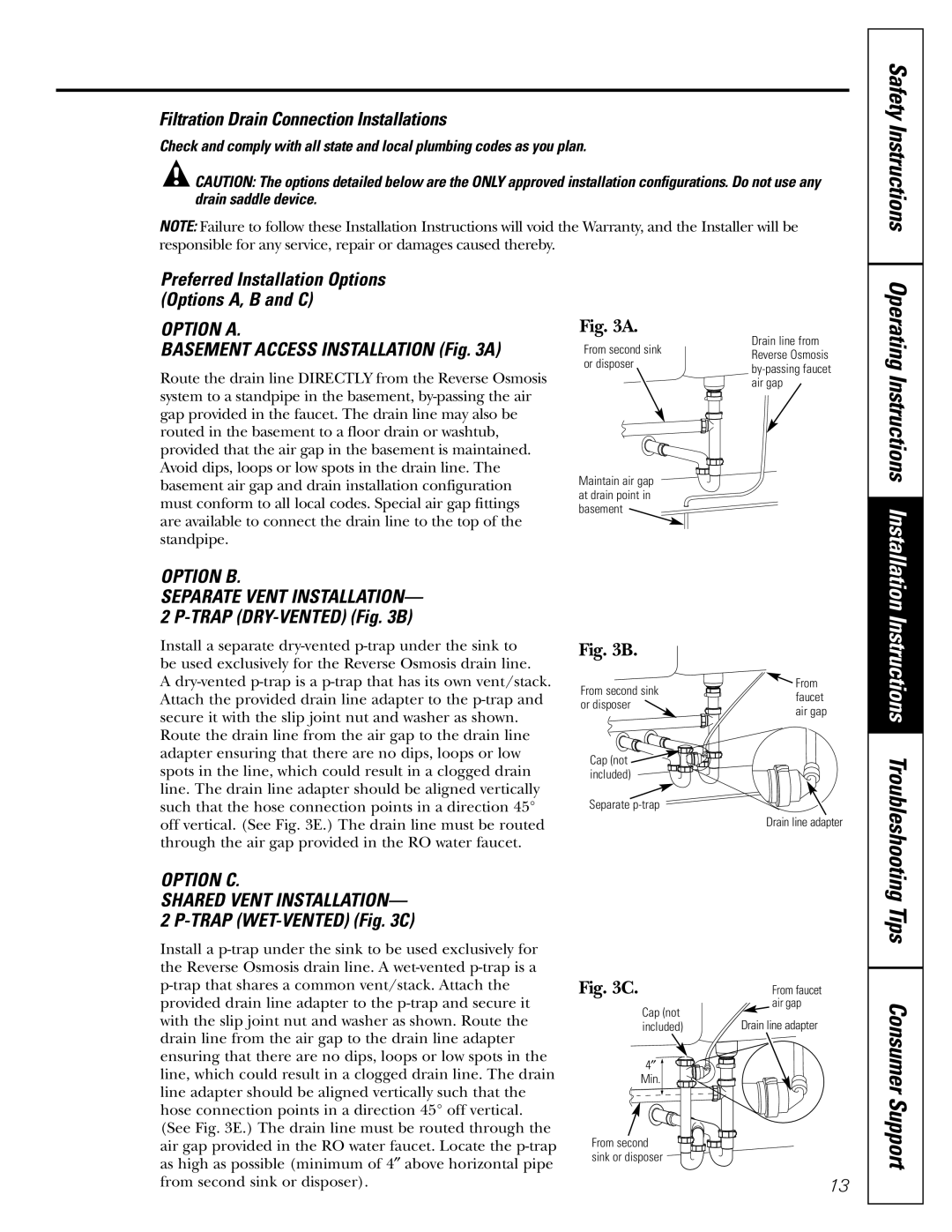GXRV10ABL01 specifications
The GE GXRV10ABL01 is a sophisticated variable frequency drive (VFD) designed to enhance efficiency in various industrial applications. Characterized by its versatility and advanced technologies, this device is ideal for controlling the speed and torque of electric motors, making it an integral component for modern automation systems.One of the most notable features of the GE GXRV10ABL01 is its compact design, which allows for easy integration into existing systems without requiring significant modifications. This space-saving characteristic makes it suitable for a range of environments, including manufacturing floors, processing plants, and HVAC systems.
The GXRV10ABL01 is equipped with cutting-edge control technologies that improve performance and energy efficiency. It utilizes advanced algorithms for precise motor control, enabling smooth acceleration and deceleration while minimizing energy consumption. This enhances the overall efficiency of processes such as pumping, fans, and conveyors.
Another key feature is its robust communication capabilities. The GXRV10ABL01 supports a variety of communication protocols, including Ethernet/IP, Modbus, and Profinet. This interoperability allows for seamless integration with other control systems and facilitates real-time monitoring and data exchange, supporting Industry 4.0 initiatives.
User-friendly programming and operation are facilitated by the drive's intuitive interface. The built-in keypad allows for straightforward configuration and adjustments, while the ability to connect to external displays enhances usability. Furthermore, the drive supports various programming options, enabling customization to meet specific application requirements.
Safety features are paramount in the design of the GE GXRV10ABL01. It comes equipped with built-in protection mechanisms, including overcurrent, overvoltage, and thermal overload protection. These safety measures help to prevent damage to both the drive and connected machinery, ensuring reliable operation and longevity.
Durability is another hallmark of the GXRV10ABL01. Its rugged construction and high-quality components make it resilient against harsh environments, withstanding fluctuations in temperature, dust, and moisture. This makes it a dependable choice for diverse industrial applications.
In summary, the GE GXRV10ABL01 is a state-of-the-art variable frequency drive that combines advanced control technologies, robust communication capabilities, and essential safety features. Its compact design, user-friendly interface, and durability ensure it meets the demands of modern industrial automation, providing greater efficiency and reliability for critical operations.

